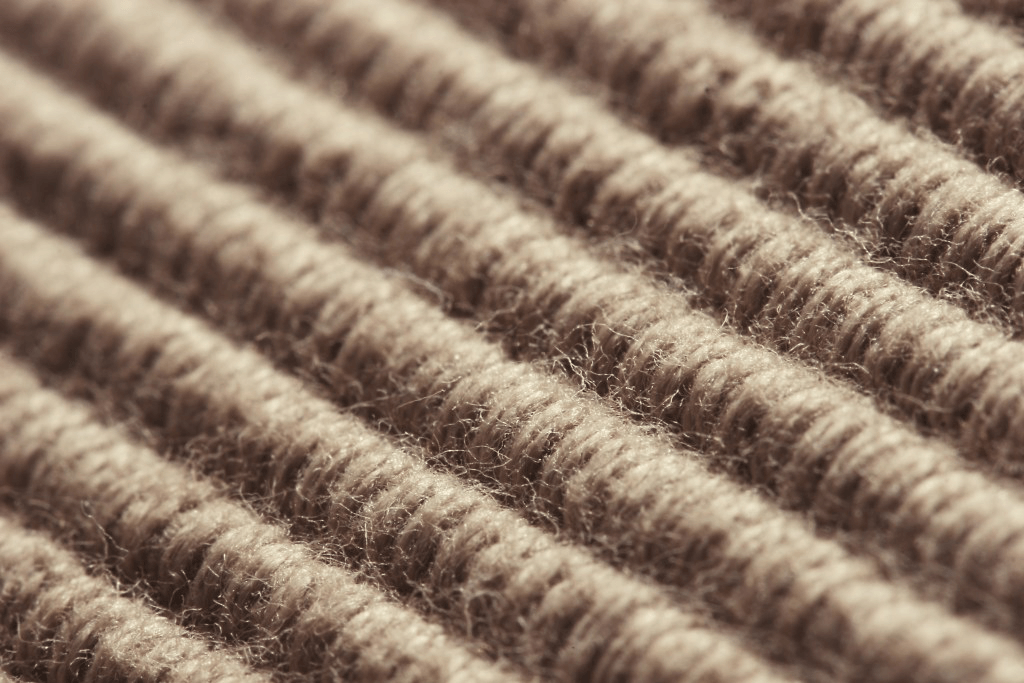Pets are our source of comfort and companionship, but do we realize that our pets are also a source of indoor air pollution? Pet dander is one of the most common triggers for allergy. If you have a pet at home, you may want to consider taking the steps to ensure your air is clean and allergen free.
What is Pet Dander?
Pet dander refers to the cast off skin particles from animals with fur or feathers. It’s a common misconception that only cats and dogs produce pet dander, but birds, hamsters, rabbits, and guinea pigs shed it too.
These skin particles are small and light. They waft into the air, ready to be inhaled by human pet owners, getting into their lungs, and onto the membranes of the eyes and the nose.
An overly-sensitive immune system react to harmless proteins in the pet dander and can cause blood vessels to expand, triggering an allergic reaction that sends you into fits of sneezing, or breaking out in itchy hives, or watery eyes and nose.
Sinus health is a common concern for people with allergies.
It’s Not the Fur that Triggers your Allergies!
A study by the American College of Allergy, Asthma and Immunology says that 10% of Americans are allergic to household pets, with cats accounting for about twice the amount of allergies as dogs.
And it’s not the cat fur that’s causing the problems per se; it’s a protein on cat skin known as Fel d 1. Male cats produce more of this protein than female cats, so that’s another consideration to keep in mind.
Not only do they have these protein allergens in their skin, they also have it in their urine and saliva. A pet that took a leak outside will still get some of that urine as tiny water droplets settling on its skin, and when that skin dries and comes off as pet dander.
How Does Pet Dander Affect Respiratory Health?
Airborne particles get into the lungs and can cause breathing problems just like any particulate matter.
(Read: 9 Biggest Factors Contributing to your Home Air Pollution)

Particulate matter inside your lungs can trigger coughing, wheezing, and shortness of breath. The worst case scenario is that it can trigger an asthma attack. Cat allergies are known to cause severe asthma episodes in 3 out of 10 people with asthma.
How can we Reduce the Risk for Allergic Reactions?
Minimize Contact with Pets Inside the House
As much as we love to play with our pets, people with allergies need to adjust to the situation. Keeping them outdoors as much as possible is the first step, but if you like having your pet in the house, at the very least keep them out of the bedrooms of people who have pet allergies.
Practice Regular Hand Washing
Clean hands save lives. Regular handwashing, particularly before and after certain activities, is one of the best ways to remove germs, avoid getting sick and prevent the transmission of diseases. If you are allergic and pet your dog or your cat, be sure to wash your hands thoroughly afterward.
Designating a Specific Space for your Pets
Wooden or stone floors reduce the amount of dander retained as compared to a carpet or a rug. These surfaces are also easier to clean. You especially want to keep your pets off the couch – the upholstery on your furniture is a dander trap.
Turn Off Centralized Air Conditioning
If your home has centralized heating or air conditioning, you may want to turn these off when you have your pets inside the house. This can help minimize the amount of dander that circulates around your home, keeping the proteins away from the bedrooms and living space of people who have allergies.
Consider Getting an Indoor Air Quality Sensor
Taking measurements using an air sensor before and after you make changes will tell you if what you’re doing is working. Be sure to monitor the air quality and keep working on the fixes until you’ve reduced the particulate matter to safe levels.
Take care of your Dog’s Allergies, too
Lastly, it’s worth mentioning that dogs themselves may get allergies from a whole host of different factors, like pollutants in the air. The indoor air sensor will help both your children and your pets in fighting off allergies, so it’s doubly important.
With a little care and hard work, you’ll surely be able to create a safe home environment for your family and pets.








